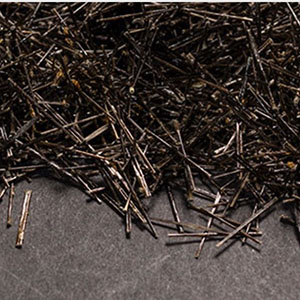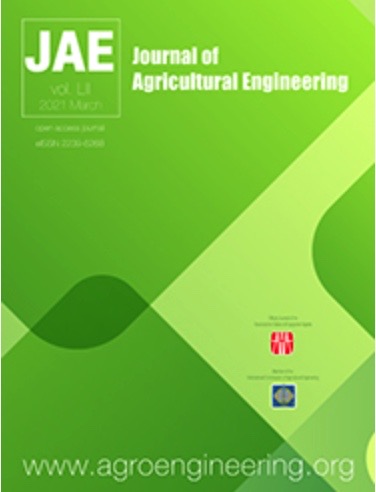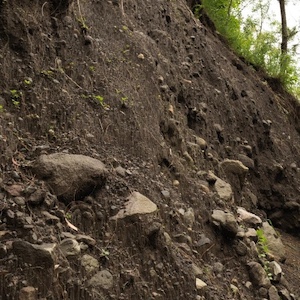Effects of basalt fibres on strength and permeability of rice husk ash-treated expansive soils

All claims expressed in this article are solely those of the authors and do not necessarily represent those of their affiliated organizations, or those of the publisher, the editors and the reviewers. Any product that may be evaluated in this article or claim that may be made by its manufacturer is not guaranteed or endorsed by the publisher.
Authors
The application of stabilised soil in agricultural construction works such as shallow foundation fills and subgrade material for farm roads is in demand due to the improved geotechnical properties. This study focused on improving the compressive capabilities and the permeability characteristics of rice husk ash (RHA)-treated clayey soils using basalt fibre. Basalt fibres are made from naturally occurring basalt rock, yet their use in soil stabilisation has not been realised due to limited research for its validation in ground stabilisation. Essential variables in the stabilised soil matrix included basalt fibre length (3 mm, 6 mm, and 12 mm), RHA percentages (5%, 10%, and 15%), and cement percentage (3%). In addition, the optimum moisture content of each admixture was determined by standard proctor compaction tests and reduced by 3% to prepare the specimens for unconfined compression strength test, constant head permeability test, and scanning electron microscope (SEM) test. It was observed that the unconfined compression strength of the RHA-basalt fibre stabilised clayey significantly increased when the specimens wet cure for 28 days. Similarly, adding fibres into the soil improved the permeability coefficient. The SEM test showed a porous morphology that increased permeability. Furthermore, through SEM, the randomly oriented basalt fibres’ portrayed the reinforcing phenomenon related to improved compressive strength and sufficient bearing capacity to support structures built upon this class of soils.
How to Cite

This work is licensed under a Creative Commons Attribution-NonCommercial 4.0 International License.














